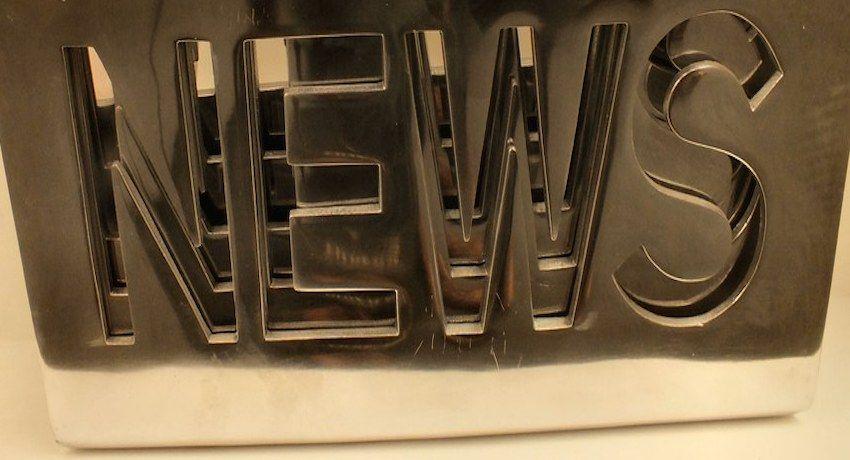
PASAPALABRA
Early this week, the 8th Commercial Court of Barcelona issued a decision as regards the notorious Spanish tv show “Pasapalabra”.
This legal dispute arose years ago, when the Dutch audiovisual group MC&F claimed the authorship of the copyright of the final format called “El Rosco”. Basically, “El Rosco” is the last quiz of the show, and it concentrates the biggest share of audience. It consists of a “donut” formed with all the letters of the alphabet and the winner needs to guess and hit the exact word in order to win the prize.
The Dutch company argued that this format was copyright protected and claimed the authorship of this quiz. Therefore, they sued both “Atresmedia” (the Spanish tv channel broadcasting the show) and the British tv producer and distributor “ITV studios global distribution limited”, which was meant to be the copyright holder, requesting the prohibition to broadcast the programme and a compensation.
In its recent judgment, the judge dismissed the lawsuit, on the grounds that from the evidences provided, MC&F was not able to sufficiently prove the claimed authorship and the originality over “El Rosco”.
While the decision was being issued, Atresmedia cancelled the emission of the show, but now is free to retake it, although maybe not for a long time. It is indeed likely that MC&F will now appeal the decision before the second instance court. This judgment involves national law, since the lawsuit was filed in Spain. Even if the format has been very popular in many countries, nowadays Spain is one of the few countries that keeps broadcasting it.
LABELLE VIENNA / LABELLO
An applicant from Austria sought for registration of the figurative sign containing word elements “CCLABELLE VIENNA”, for products designated in classes 3 (toiletries, cleaning and franking preparations, etc...), 16 (paper tissues for cosmetic use) and 25 (clothing).
The opponent, the German company owner of the “Labello” trade mark, known for its lip care products, filed an opposition against this registration, on the grounds of the existence of likelihood of confusion between both signs (8.1.b EUTMR) and invoked its reputation within the EU (8.5 EUTMR).
The Boards of Appeal (BoA) of the EUIPO partially upheld the opponent’s claim, deciding that there was likelihood of confusion regarding products in classes 3 and 16, whereas they didn’t appreciate it as regards the goods in class 25. Moreover, it considered that the conditions for the application of article 8.5 were not met.
BoA’s decision was appealed by the Austrian applicant before the General Court (CG).
After having compared the similarity between the signs and the goods in play, as well as the assessment of the visual, conceptual and phonetic similarity, the Court appreciated that there was likelihood of confusion and therefore upheld BoA’s decision.
The CG stated the existence of a high level of phonetical similarity between both signs, and therefore this specificity increases the risk of confusion for the general public, as it is likely that consumers recommend or ask for the product orally.
Consequently, there were enough factors to consider the existence of likelihood of confusion.
This case is interesting because the opposition not only relies on article 8.1 EUTMR, namely likelihood of confusion, but also on article 8.5 EUTMR which rules the opposition in cases in which the earlier mark has a reputation in the EU. As you might know, in order to raise an opposition based on article 8.1 EUTMR, it is required that the contested sign and the earlier trade mark are equal (8.1.a) or similar (8.1.b), and that the classes designated in the application – but especially the goods and services- are identical or similar. On the contrary, if the opposition is based on article 8.5, there is no need for the goods and services to be identical or similar, since it is considered that the reputation of the earlier trade mark can unfairly benefit the sign sought, and at the same time, that the new filing can be detrimental to the earlier one.
Details
- Publication date
- 17 February 2022
- Author
- European Innovation Council and SMEs Executive Agency
